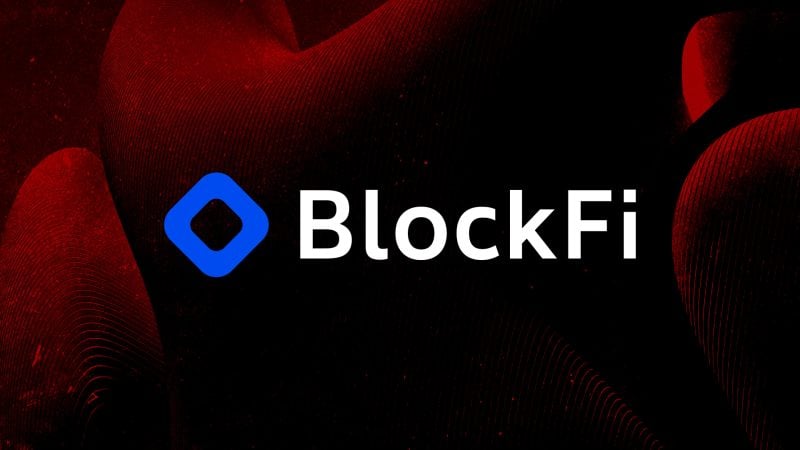BIS Tightens Regulations on Tether’s USDT, Circle’s USDC, Shaking Stablecoin Market
- Stablecoin projects are facing significant regulatory hurdles due to newly tightened guidelines by the Bank for International Settlements (BIS).
- These new directives have sparked reactions from industry experts, potentially impacting popular stablecoins like Tether’s USDT and Circle’s USDC.
- On July 17, 2023, the Basel Banking Supervision Committee released its final disclosure report, enhancing the criteria for banks’ crypto activities.
Learn about the latest BIS regulations and their potential impact on major stablecoin projects, and get insights from industry experts.
BIS Targets Permissionless Stablecoin Projects
The Basel Banking Supervision Committee published the final disclosure report outlining new requirements for banks involved in crypto-related activities. These guidelines mandate banks to provide qualitative and quantitative reports to maintain liquidity requirements. Moreover, the criteria for stablecoins to achieve the “Group 1b” regulatory treatment have been significantly tightened. This development could impose severe restrictions on the operation of permissionless stablecoins like Tether’s USDT and Circle’s USDC. Interestingly, this announcement coincided with the Hong Kong Monetary Authority releasing consultation papers on a licensing regime for stablecoin issuers.
Industry Reactions to BIS’s Guidelines
Caitlin Long, CEO of Custodian Bank, criticized BIS’s decision, stating that the new guidelines favor permissioned stablecoins, effectively sidelining permissionless blockchain-issued stablecoins from banks’ use. Long commented, “The US might overlook this situation. It’s disappointing – BIS was leading the crypto space in the US but has now stepped back.” During Coinbase’s Crypto Status event last month, BlackRock’s Head of Digital Assets highlighted the company’s belief in public blockchains over private ones. However, BIS’s new guidelines encourage banks to use permissioned stablecoins like JPMorgan’s JPMCoin. Furthermore, State Street, another prominent financial firm, is reportedly planning to issue its own stablecoin, potentially dealing another blow to permissionless stablecoins like USDT.
Implications of the New Guidelines and Future Outlook
Fox Business journalist Eleanor Terret shared on social media platform X that the initial proposal included USDC and others in this group, but the final guideline excludes all stablecoins issued on permissionless blockchains. These new regulations could cause substantial changes in the stablecoin market. Key crypto industry figures are closely watching how these guidelines will reshape the market. There is also significant anticipation around the US’s response to these developments. BIS’s decisions may play a crucial role in the future of stablecoins, signaling major regulatory shifts.
Conclusion
The latest BIS guidelines present a clear challenge for stablecoin projects, especially those operating on permissionless blockchains. Industry leaders have expressed concerns about the potential operational restrictions and the shift towards permissioned stablecoins. As the regulatory landscape evolves, stakeholders are keen to see how these changes will unfold and shape the future of the stablecoin market. Follow our updates on Twitter, Facebook, and Instagram, and join our Telegram and YouTube channels to stay informed about the latest developments in the crypto world.






